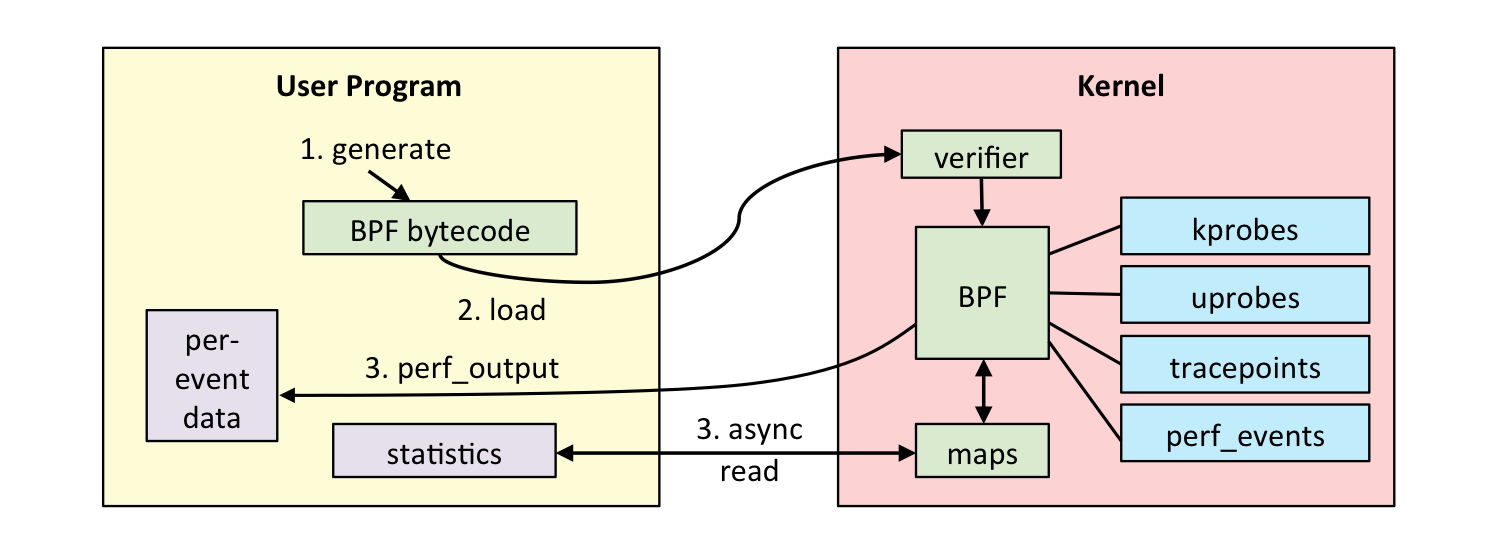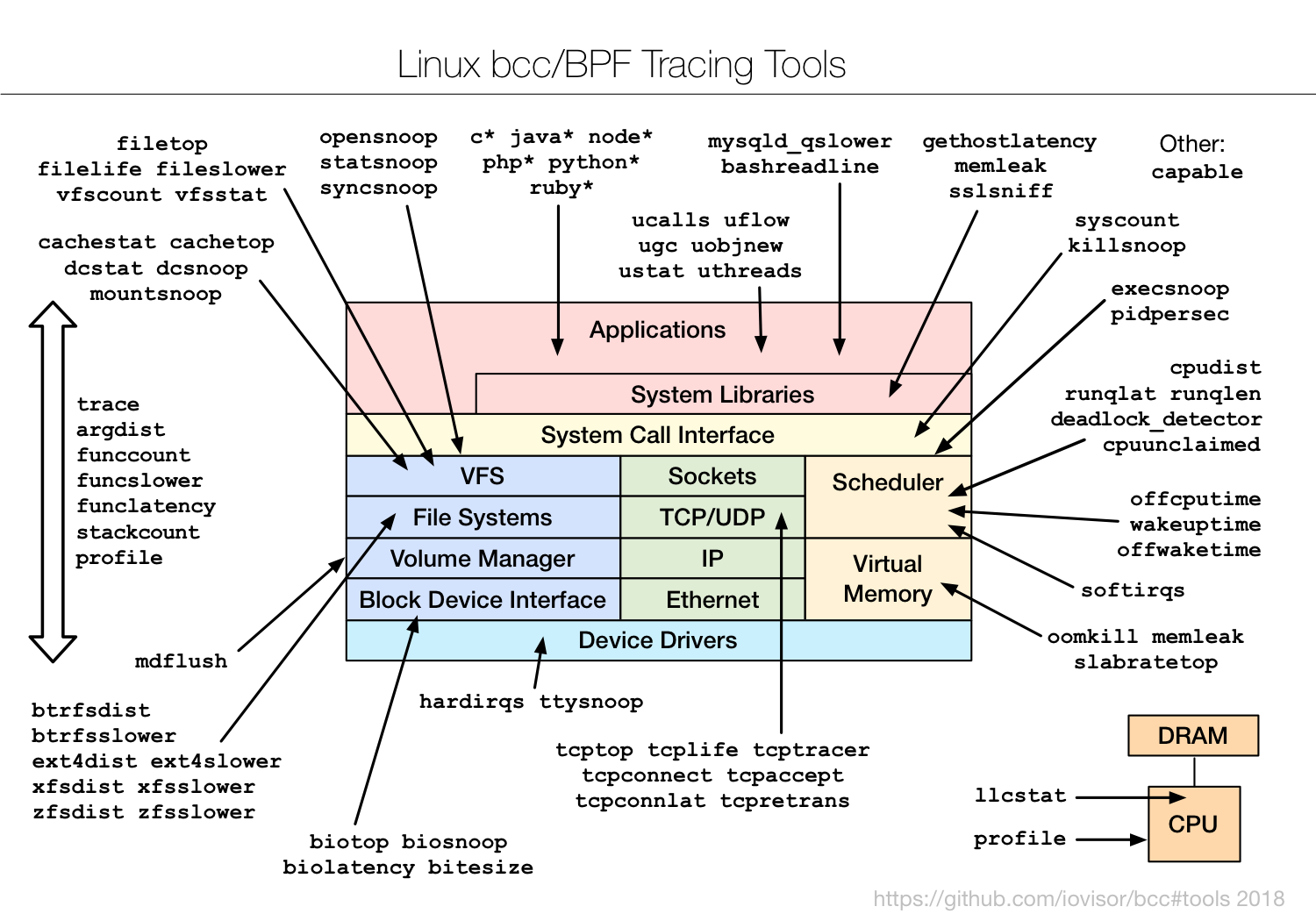The simplest module 先看範例,就是Module版的Hello World
1 2 3 export module hello;export void hello_world () void non_export_func ()
而Consumer Module的一方就這樣寫
1 2 3 4 5 6 7 import hello;int main () hello_world(); non_export_func(); return 0 ; }
Description 從這個範例當中,Consumer這邊不用特別說
Module Unit 在C++20,有了一個新的Compile Unit,就是Module Unit,所有Module Unit的Top Level Statement都是有module關鍵字的module前面有沒有export就是決定這是哪一種Module Unit
有export的叫作Module Interface Unit
無export的叫做Module Implementation Unit
Module Implementation Unit後面再說
The content of a module 一個Module擁有
一個以上的Module Interface Unit
零個以上的Module Implementation Unit
且每個Module裡面有且唯一 一個Primary Module Interface Unit
在Hello World這個範例當然只有Primary Module Interface Unit 的存在,至於什麼是Primary Module Interface Unit,也是後面再說
export 在上面的範例,我們定義了兩個函數
1 2 export void hello_world () void non_export_func ()
不塗於傳統的header file方式,如果是傳統的header file,兩個function應該都可以被外界可見,而Module Unit只有export出的符號才能輩Connsumer看到
1 2 3 4 5 6 7 8 export namespace hello {}export { int e = 1 ; void test () }
Module Implementation Unit 就像傳統header/implementation的方法,我們可以把declaration/implementation分離,因此我們有了Module Implementation Unit
1 2 3 export module hello;export void hello_world () void non_export_func ()
而Module Implementation Unit則是
1 2 3 module hello;void hello_world () void non_export_func ()
如同之前所說的,module前面沒加export的就是Module Implementation Unit,而在function implementation前面也沒加export,就跟傳統的方式很像
My thought on Module Implementation Unit 之前declaration/implementation被人詬病的一點,就是你要維護兩份狀態,當你declaration改了之後,如果implementation沒改,會產生不可預料的後果,運氣好的話是編譯不過,運氣不好產生深層的Bug更難解
如同之前所說的,一個Module可以不必擁有Module Implementation Unit
我認為是將舊有的Source Code Mitigation到C++ Module的方式header only library一樣,未來的Module應該僅由Module Interface Unit組成
Import other module 寫Module時不免使用到其他Module,讓我們定義一個新的Module
1 2 export module world;export struct obj {
而我們的hello module就變成這樣
1 2 3 export module hello;import world;export void hello_world (obj o)
注意,import只能放在top level module declaration之下,不能交換順序
接著要回去看Consumer的部分了
Visibility control 此時我們的Consumer會是這樣
1 2 3 4 5 6 7 8 import hello;import world;int main () obj o; hello_world(o); return 0 ; }
這裡該注意的點,在hello module當中雖然import了world,但是不import world時,會發現找不到obj的情形
但如果我們將hello改成這樣
1 2 3 export module hello;export import world;export void hello_world (obj o)
這邊將我們import進來的Module再度export出去,這也是我們細分module的基礎import world也是可以正常運行
Divide module into small parts 當一個Module大起來之後,要降低複雜度,細分成更小的Block是需要的,而其中又有兩種方法
Sobmodule 我們將hello_world分成兩個functionhello.sub_a,另外一個放在hello.sub_b
1 2 export module hello.sub_a;export void hello ()
而另外一個就不貼了,看看我們hello module的定義
1 2 3 export module hello;export import hello.sub_a;export import hello.sub_b;
Reexport出hello.sub_a和hello.sub_b的exported symbol
Note hello.sub_a和hello_sub_b是各自獨立完整的Module,submodule機制只是邏輯 組合,讓他們看起來像是同一個Module
1 2 3 4 5 6 7 8 import hello.sub_a;import hello.sub_b;int main () hello(); world(); return 0 ; }
Module partition 不同於submodule,partition所分的sub partition不能個別存在
1 2 export module hello:part_a;export void hello ()
跟上面很像,不過將.改成了:
1 2 3 export module hello;export import :part_a;export import :part_b;
這邊有幾點要注意的
一個module name當中沒有:出現的就是Primary Module Interface Unit,如同之前所說有且唯一 一個Primary Module Interface Unithello.sub_a則是一個獨立的Module,只是邏輯上 看起來是同一個Mdoule
Partition只能接受import :part_a的語法,import hello:part_a是不對的
Consumer只能寫import hello了
Global Module Fragment Global Module Fragment是提供preprocessor使用的空間,因此你可以在這邊定義Marco,或是include未被moduleized的header file,而在這邊定義的symbol則不會輸出到module interface中,因此不會汙染全局環境
Global Module Fragment必須在export module之前,就像這樣
1 2 3 4 5 module ;#define MAX(a, b) (((a) > (b)) ? (a) : (b)) #include <string> #include <vector> export module hello;
Reference


